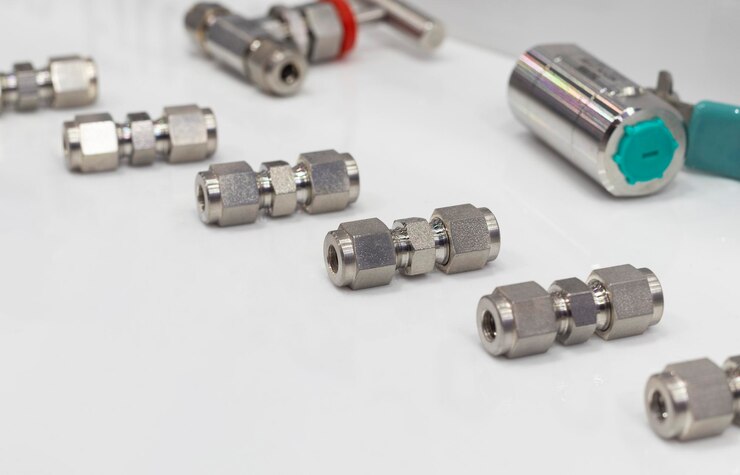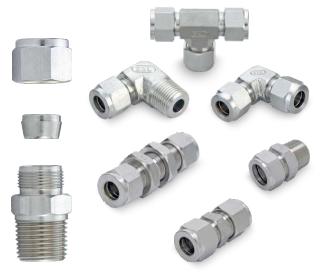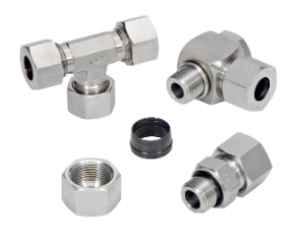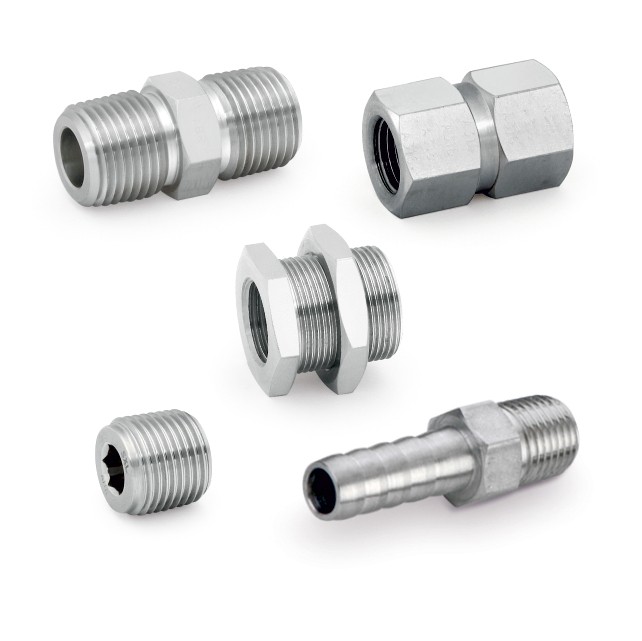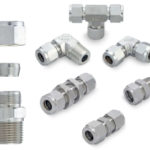
Strong Connections Using Ferrule Pipe Fittings
August 7, 2024
Push To Connect Fittings: A Simple Guide
October 8, 2024Ferrule pipe fittings are essential components in various piping systems, providing reliable and secure connections. These fittings are characterized by their unique design, which incorporates a ferrule or sleeve that compresses onto the tubing, creating a tight seal.
Types of Ferrule Pipe Fittings
There are several types of ferrule pipe fittings available, each designed for specific applications and tube materials. Some common types include:
- Bite-Type Fittings: These fittings use a ferrule with a bite edge that cuts into the tubing, creating a mechanical lock. They are suitable for a wide range of tube materials, including copper, stainless steel, and aluminum.
- Double Ferrule Fittings: These fittings employ two ferrules, one that compresses onto the tubing and another that provides additional support. They are known for their excellent sealing capabilities and are often used in high-pressure applications.
- Inverted Flare Fittings: These fittings feature a ferrule with an inverted flare that compresses onto the tubing. They are commonly used in automotive and hydraulic systems.
Advantages of Ferrule Pipe Fittings
Ferrule pipe fittings offer several advantages over other types of pipe fittings, including:
- Reliable Sealing: The compression action of the ferrule ensures a tight and secure seal, preventing leaks and ensuring system integrity.
- Versatility: Ferrule fittings are compatible with a wide range of tube materials and sizes, making them versatile for various applications.
- Ease of Installation: Installation is relatively simple and can be completed with basic tools, reducing labor costs and time.
- Durability: Ferrule fittings are known for their durability and can withstand harsh environments and repeated use.
Applications of Ferrule Pipe Fittings
Ferrule pipe fittings are used in a variety of industries and applications, including:
- Plumbing Systems: For connecting pipes in residential, commercial, and industrial settings.
- Hydraulic Systems: For connecting hydraulic lines and components.
- Pneumatic Systems: For connecting pneumatic lines and components.
- Automotive Industry: For connecting fuel lines, brake lines, and other components.
- Industrial Machinery: For connecting various components and systems.
Installation Tips
When installing ferrule fittings, it is important to follow the manufacturer’s instructions and best practices. Some general tips include:
- Prepare the Tubing: Ensure the tubing is clean, free of burrs, and cut to the correct length.
- Insert the Ferrule: Carefully insert the ferrule onto the tubing, ensuring it is properly seated.
- Connect the Fitting: Connect the fitting to the ferrule and tighten the nut to the specified torque.
- Inspect for Leaks: After installation, inspect the connections for any signs of leaks.
Choosing the Right Ferrule Fitting
Selecting the appropriate ferrule fitting depends on several factors, including:
- Tube Material: The type of tubing being used will determine the suitable ferrule material and design.
- Pressure Rating: The fitting must be able to withstand the operating pressure of the system.
- Temperature Range: The fitting should be suitable for the temperature conditions of the application.
- Compatibility: Ensure the fitting is compatible with other components in the system.
By understanding the different types of ferrule fittings, their advantages, and their applications, you can make informed decisions when selecting and installing these essential components in your piping systems.

